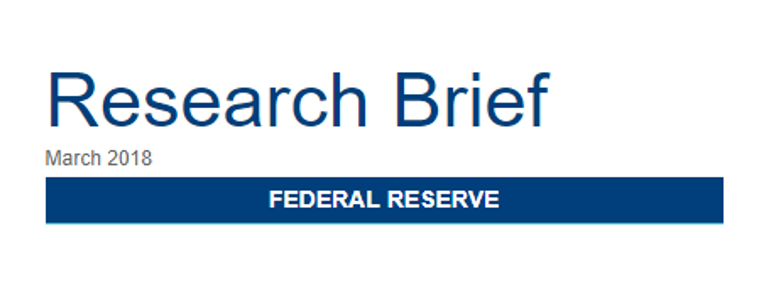| Developing Trends |
|
| ■ |
Unemployment projected to fall below 4 percent nationally. A constrained labor pool and more than 6.3 million job openings have prompted Fed projections of unemployment reaching below 4 percent nationally through the coming year. |
|
| ■ |
Combination of tax cuts, higher wages boosting retail outlook. Increased wages and cuts in personal income taxes will support gains in retail sales this year. Enhanced spending power, combined with incredibly low retail vacancy, will spark greater rent growth as firms migrate toward the few remaining open floor plates that meet their qualifications. |
|
| ■ |
Reduced benefits of owning homes encourage vibrant rental environment. Tight labor markets and increasing wages are driving strong growth in household formation, yet recent reductions in tax benefits for homeownership should favor demand for apartments, particularly in high cost states. |
|
| Recent Research Briefs |
|
Employment
3/2018
>> |
|
Retail Sales
3/2018
>> |
|
|
|
|
Federal Reserve Projects Three Rate Hikes in 2018;
Watching Tariff Impacts Closely |
|
| Fed raises benchmark interest rate, plots path for additional increases. The Federal Reserve increased the federal funds rate by 25 basis points, lifting the overnight lending rate to 1.5 percent. While the Fed noted that the inflation outlook had moderated in recent months, an upgraded economic forecast factoring in recent tax cuts and a rollback in regulation strengthened growth projections for the next two years. As a result, the Fed has guided toward two additional rate hikes this year, while setting the stage for as many as four increases in 2019.Trade impacts still being considered by Federal Reserve. While the effects of the tariffs on steel and aluminum are still being absorbed, recent comments from Capitol Hill included talks of increasing tariffs on numerous goods originating from China. While the Fed noted the potential for economic disruptions and |
|
slower overall growth as a result of the full implementation of these actions, forecasts for the near-term economic outlook remain positive.Lending costs rise alongside Fed rate increase. As the Federal Reserve lifts interest rates, lenders will face a rising cost of capital, which may lead to higher lending rates for investors. However, in an effort to compete for loan demand, lenders may also choose to absorb a portion of the cost increases. While higher borrowing costs may prompt buyers to seek higher cap rates, the positive economic outlook should provide rent growth that outpaces inflation over the coming year. As a result, sellers remain committed to higher asking prices, which has begun to widen an expectation gap as property performance and demand trends remain positive. |
|
| 1.5% |
Fed Funds Rate* |
|
2.88% |
10-Year Treasury Rate* |
|
 |
* As of March 21
Sources: Marcus & Millichap Research Services; BLS; Federal Reserve Economic Data |
|
|

